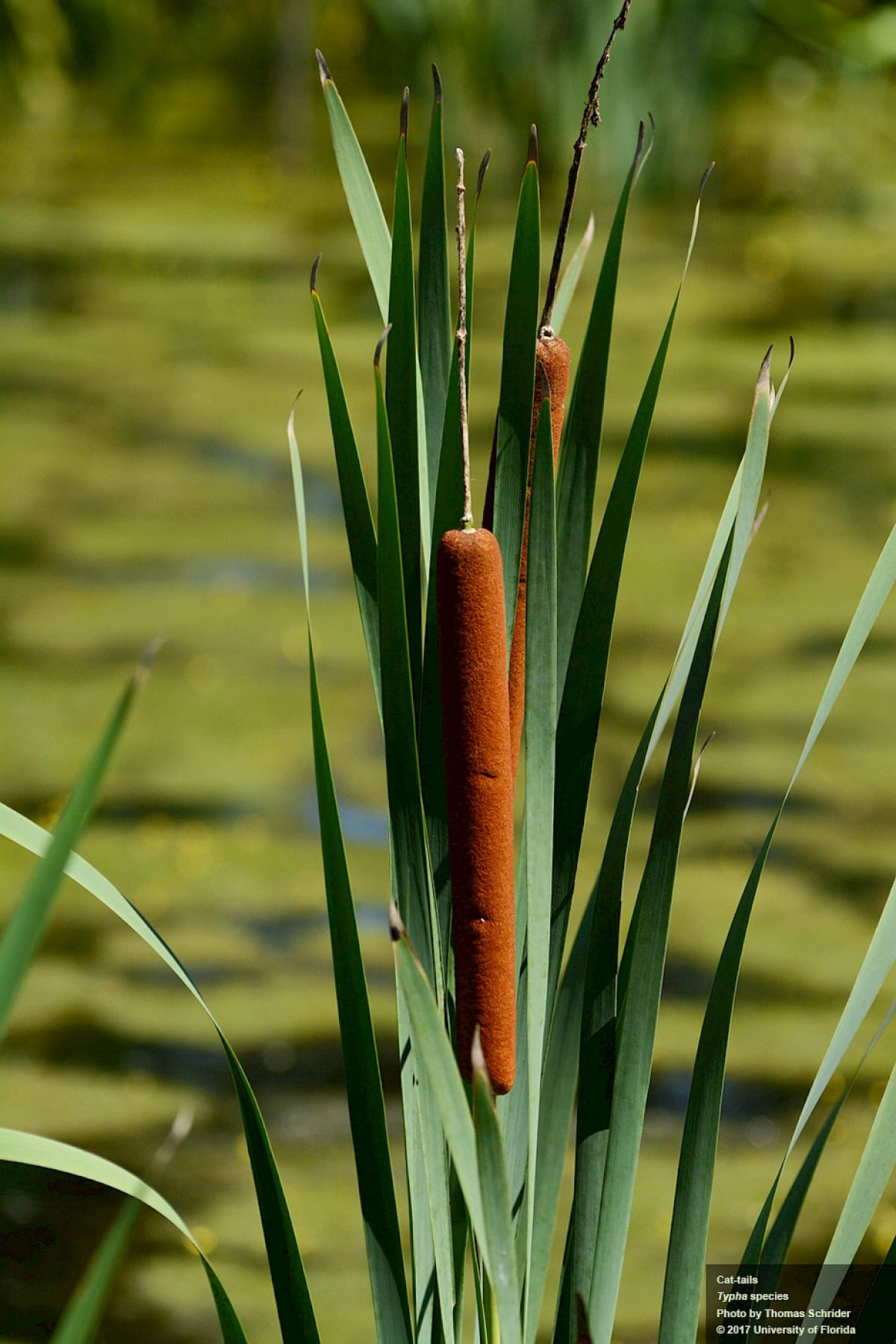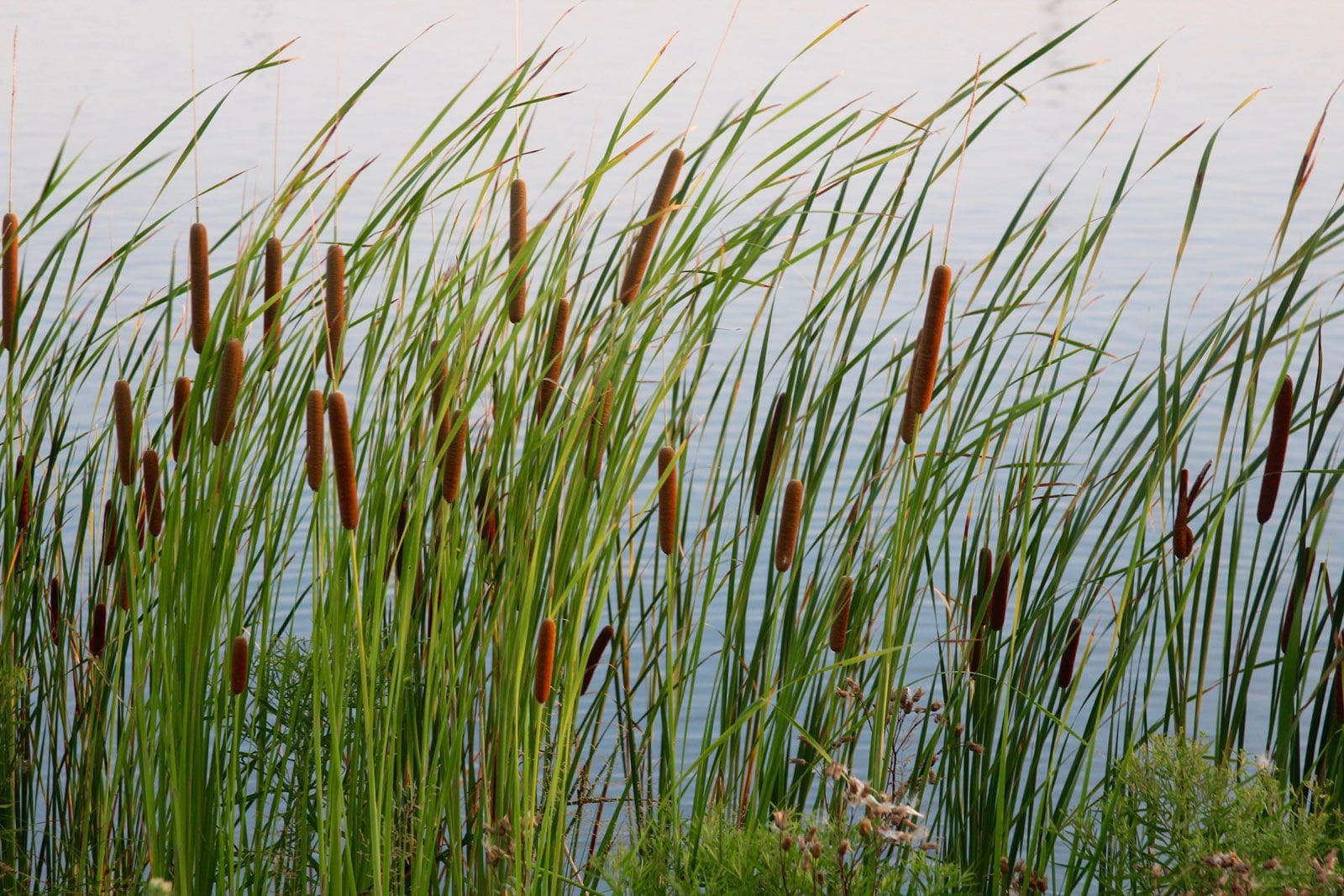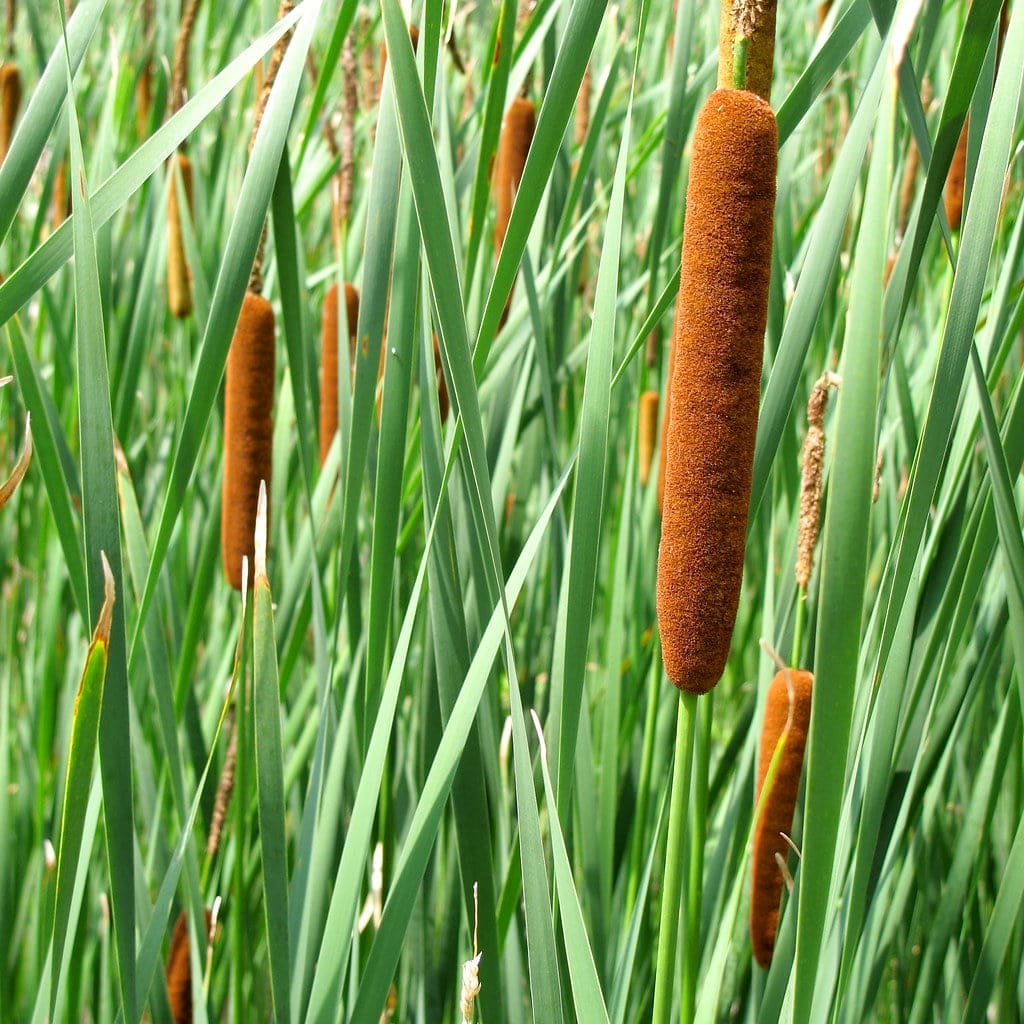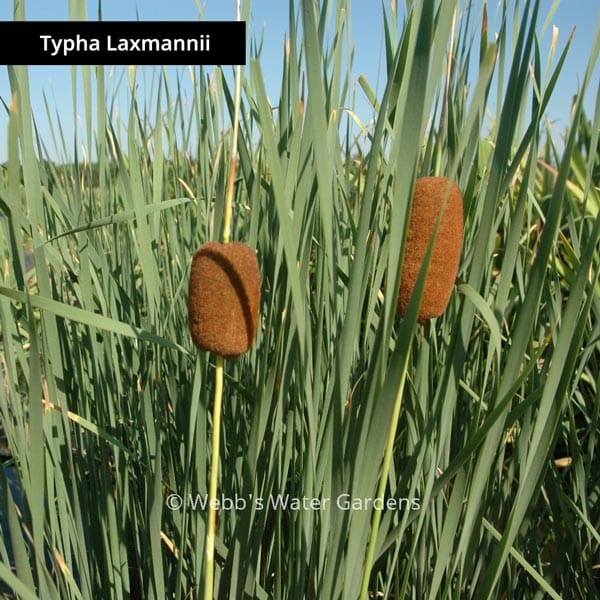In the sphere of aquatic botany, one name that particularly captures the scientific community’s attention is Typha Changbaiensis. Unfamiliar as it may seem to the average person, this lesser-known aquatic plant has tremendous ecological significance. The following article unveils Typha Changbaiensis’s characteristics, examines its ecological role, and scrutinizes its potential for myriad applications in environmental conservation and biotechnology. You will be ushered into the intriguing world of this intriguing aquatic plant, often overshadowed by its more common counterparts. Offering a valuable opportunity to broaden your botanical knowledge, this piece stands as a testament to the oft-ignored yet vitally important field of aquatic botany. It is rooted in its commitment to educating you about Typha Changbaiensis and highlighting its remarkable role and worth in the diverse ecosystem.

General Characteristics of Typha Changbaiensis
Typha Changbaiensis, also known as Changbai cattail, is a particular kind of aquatic plant that belongs to the Typha genus. This genus is well-known for its water-loving species, with species generally found in various aquatic environments across the globe.
Scientific classification and nomenclature
Typha Changbaiensis is the scientific name for Changbai cattail. In the kingdom of Plantae, it is placed in the Angiosperms clade, specifically under the order of Poales. The plant belongs to the Typhaceae family, which encompasses a few dozen species, including the well known common bulrush, better known as cattail.
Morphological attributes
Typha Changbaiensis is a relatively tall plant, reaching up to 2 meters high. These species have long narrow leaves that rise vertically from their base. The flowers of this species are grouped into a dense, cylindrical spike, often brown in color, a characteristic feature of the Typha genus. The plant has a fibrous root system that aids in soil stabilization.
Unique features distinguishing it from other Typha species
What sets Typha Changbaiensis apart from other members of its genus is its specific morphological and reproductive attributes. Perhaps most distinctly, it has narrower leaves and a slightly smaller stature than the more common species found in North America.
Habitat and Distribution
Typha Changbaiensis, as its name suggests, has a native range focused around the Changbai Mountains. However, the global distribution of this species extends far beyond this range.
Native regions and worldwide distribution
Typha Changbaiensis is native to East Asia, specifically the regions surrounding the Changbai Mountain Range. However, due to the plant’s resilient adaptation capabilities, it has been found in various regions worldwide, including parts of Europe and North America.
Preferred growing conditions
This plant species prefers wet, swampy conditions and is typically found in marshes, wetlands, and alongside bodies of water. It can withstand a range of soil types but does best in rich, wet soils with a good amount of sunlight exposure.
Frequency and abundance in different habitats
Typha Changbaiensis can be quite prolific and dense, forming expansive stands in suitable conditions. Its sturdy rhizomes facilitate this species’ strong propensity for colonizing suitable habitats quite rapidly.

Life Cycle and Growth
Typha Changbaiensis exhibits a relatively standard lifecycle for a member of the Typha genus, with a few unique characteristics inherent to its species.
Reproductive strategies (propagation through seeds and rhizomes)
There are two primary methods of reproduction that Typha Changbaiensis employs: sexual reproduction via seeds and asexual propagation through underground stems called rhizomes.
Growth pattern and rate
Typha Changbaiensis exhibits a helophytic growth pattern, meaning the plant grows in water yet protrudes into the air. It usually has a vigorous growth rate, facilitated by both seed germination and the spreading of rhizomes.
Stages of life from seed to maturity
The lifecycle of Typha Changbaiensis begins as a seed. Following germination, a seedling emerges and over time, develops into a mature plant. It typically takes one or two growing seasons for the plant to reach maturity and begin flowering.
Role in the Ecosystem
Typha Changbaiensis plays several crucial roles in maintaining a healthy ecosystem, much like other aquatic plants.
Beneficial effects on water quality
This plant helps improve water quality by absorbing certain pollutants from the water, such as heavy metals. This process, called phytoremediation, allows Typha Changbaiensis to play an essential role in enhancing the health of aquatic ecosystems.
Influence on the aquatic fauna
Typha Changbaiensis also supports a wealth of aquatic fauna as it provides shelter and food for various invertebrates, fish, and birds. Additionally, the plant’s sturdy structure aids in creating nests for birds.
Role in nutrient cycling
This plant plays a fundamental role in nutrient cycling, particularly in stagnant or slow-moving water bodies. Accumulating nutrients in its biomass, it releases these nutrients during seasonal dieback or when it’s consumed by fauna, thereby enriching the ecosystem.

Culinary and Medicinal Uses
Typha Changbaiensis has found use in various sectors, with perhaps the most noteworthy being within the culinary and medicinal realms.
Traditional uses in cooking
Historically, various parts of Typha Changbaiensis have been used in cooking. Young shoots and the core of the plant are edible and often consumed as vegetables. Its pollen has also been used as a supplement to flour in some traditional culinary practices.
Medicinal properties and uses
Beyond its culinary applications, Typha Changbaiensis is known for its medicinal properties. It has been used in traditional Chinese medicine for treating various conditions like high blood pressure and haemorrhoids.
Modern applications in food and health industries
Modern scientific research has discovered that Typha Changbaiensis possesses antimicrobial, antidiabetic, and anticancer properties. Consequently, it has gained attention in the health industry, with research exploring its potential applications within antidiabetic medications and as a nutritional supplement.
Cultural and Historical Significance
Typha Changbaiensis holds cultural and historical significance in many societies due to its uniqueness and utility.
Cultural symbolism in different societies
In some cultures, Typha Changbaiensis symbolizes resilience and adaptability due to the plant’s ability to thrive in challenging environments. It has been regarded as a sign of perseverance and strength.
Significance in folklore and tradition
Many old traditions and folklore involve Typha Changbaiensis. In some communities, it’s been featured in folksongs and stories passed through generations, rendering it a cultural fixture.
Role in historical events or practices
Historically, Typha Changbaiensis has been used in various practices. For instance, its long, sturdy stems have served as roofing material and to make mats. Moreover, the plant has been utilized as a food source during times of scarcity in several communities.

Threats and Conservation
Despite the resilience of Typha Changbaiensis, it does face threats, especially from environmental changes and human activities.
Current conservation status
Typha Changbaiensis has not yet been evaluated for its conservation status by the International Union for Conservation of Nature (IUCN). However, like other wetland species, it is potentially threatened by the loss and degradation of its natural habitats.
Threats from environmental changes and human activities
The largest threats to this species originate from environmental changes and human activities such as industrial pollution, urbanization, and unsustainable farming practices. These changes can degrade its habitat, decrease water quality, and disrupt its life cycle.
Conservation efforts and rehabilitation strategies
Conservation strategies for protecting Typha Changbaiensis should focus on preserving and restoring its natural habitat. This could involve controlling pollution, managing water quality, and implementing sustainable land-use practices. It’s also worthwhile considering its integration into habitat restoration projects, given its robustness and benefits to the ecosystem.
Research on Typha Changbaiensis
Scientific research about Typha Changbaiensis has started to grow in recent years due to the plant’s potential medicinal and ecological benefits.
Important research reports and findings
Numerous research reports have shed light on the beneficial properties of Typha Changbaiensis, including its potential therapeutic benefits and role in environmental conservation.
Active areas of ongoing research
Ongoing research on Typha Changbaiensis is currently exploring its potential uses as an eco-friendly raw material and its employment in remediation projects due to its absorption capabilities.
Impact of research on understanding and conserving the species
This research has undoubtedly enhanced our understanding of this species and its importance. Additionally, the prospect of developing new applications for Typha Changbaiensis could potentially aid in the conservation and cultivation of this plant.

Health and Safety Considerations
Despite the potential benefits of Typha Changbaiensis, it is crucial to be aware of potential health and safety considerations related to this species.
Potential allergenic properties
Although not common, some individuals may exhibit allergic reactions to Typha Changbaiensis. The pollen from this plant can cause allergic reactions in sensitive individuals, including nasal congestion and skin irritation.
Toxicological profile
The plant does not generally exhibit toxic properties. However, consuming large amounts could potentially lead to discomfort due to its high fiber content. It’s also crucial to be aware that the plant’s ability to absorb pollutants means it could accumulate harmful substances from polluted waters.
Safety precautions during handling or ingestion
Given the potential allergenic properties, individuals handling Typha Changbaiensis should avoid excessive exposure, especially during its pollen season. Consumption should also be done sparingly and only with plants grown in clean, unpolluted water.
Legal and Regulatory Aspects
Although not considered endangered, certain rules and regulations apply to the collection of and trade in Typha Changbaiensis.
Regulations regarding access and collection
In some areas, regulations restrict the collection of Typha Changbaiensis to protect native fauna and prevent the depletion of natural resources. It is essential to familiarize yourself with local regulations before collecting.
Trade and commercialization rules
Where the trade of Typha Changbaiensis is concerned, local regulations may apply, especially for commercial growers. For instance, permits often need to be obtained before cultivating or selling the species for commercial purposes.
Impact of legal frameworks on the species’ conservation
These legal regulations aid in ensuring that the Typha Changbaiensis is not overharvested, thereby maintaining the sustainability of its populations. As such, these frameworks play a crucial role in conserving the species.
In conclusion, Typha Changbaiensis, while a common aquatic plant in places, is truly unique in its characteristics, uses, and roles in various ecosystems. Its ecological, culinary, medicinal, and cultural facets make it a remarkable species worthy of understanding and protection. However, it is of utmost importance also to consider the health, safety, and regulatory aspects related to its use and conservation.